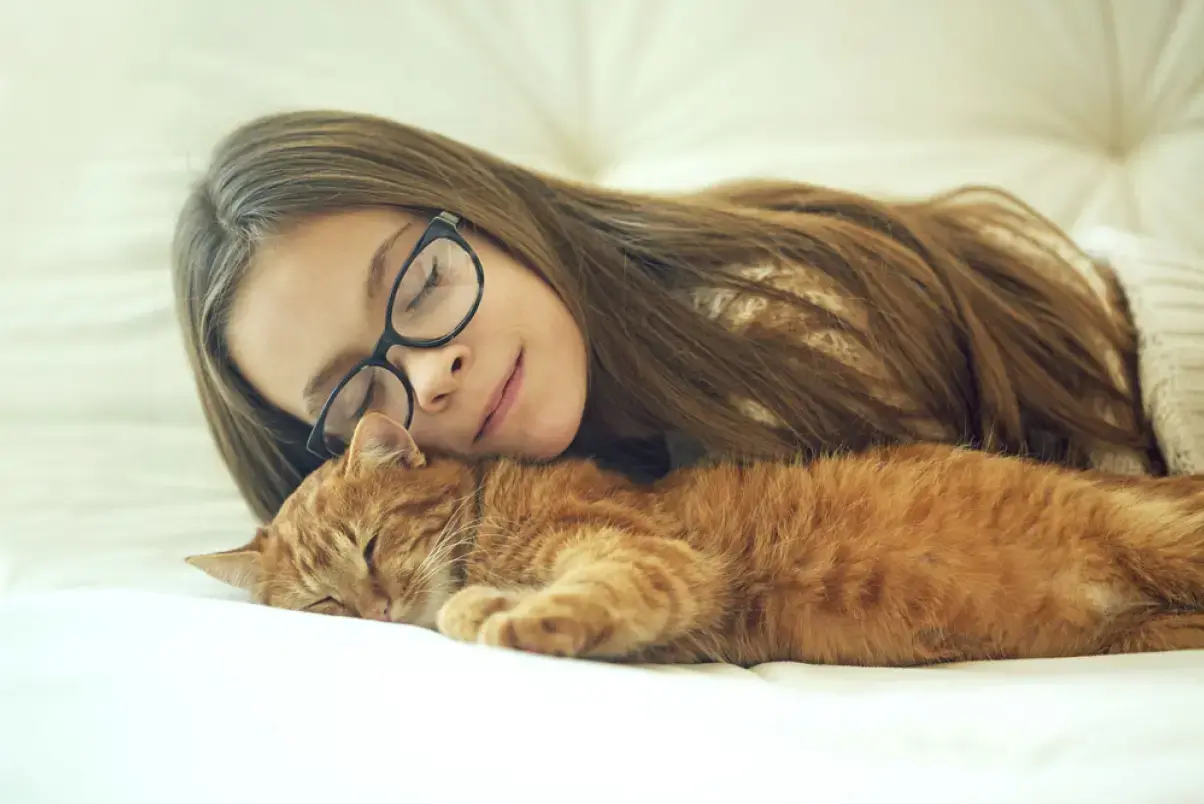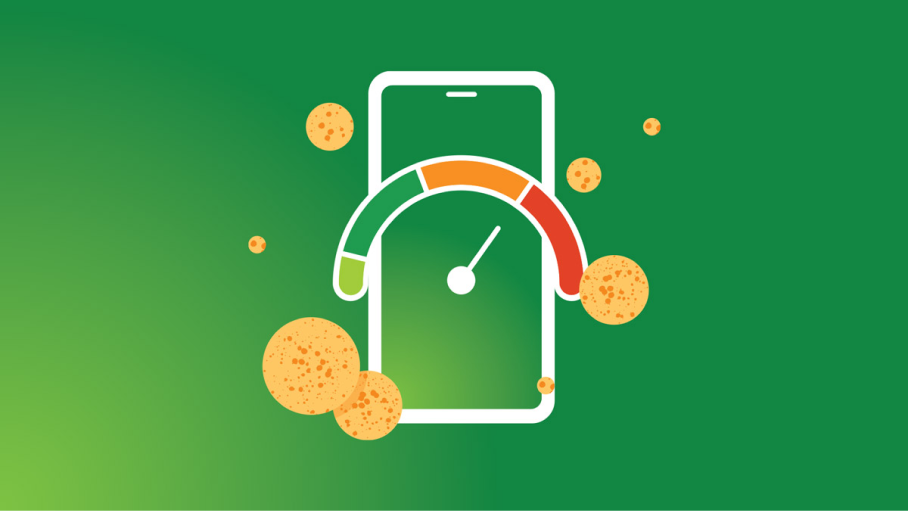Children and Seasonal Allergies
5.2 million Children Suffer From Seasonal Allergies

Up to 80 percent of children who have parents with allergies develop them too.

Children between the ages of 12 to 17 experience seasonal allergies at a higher rate than children under the age of 12.

Seasonal allergies affect children in western states at a higher rate than other regions.
How to Tell if Your Child Has Allergies
If you notice your child feels crummy for long periods of time — especially if those crummy-feeling periods occur around the same time every year — seasonal allergies are likely to blame, because different allergens peak at different times. If your child tends to experience allergy symptoms such as sniffles in the spring, tree pollen may be to blame, whereas in summer grass pollen may be the culprit. In the fall, ragweed pollen is the most common allergen trigger. Although pollen is at its low point in winter, certain allergens — including mold and cedar — can affect your child. You can learn more about reducing your child’s indoor allergy symptoms here.
Kids can get allergies at any age; toddlers may begin to show allergy symptoms as young as 2 years old.1 If you have allergies, it’s even more likely that your child could suffer from seasonal allergies: Up to 80 percent of children who have parents with allergies develop them too.2 But even with no family history, about 12 percent of children still experience the aggravating, bothersome symptoms that accompany seasonal allergies.
In short, no matter the season and no matter your genes, allergies can be a fact of life. When left untreated, allergies can leave your child in significant discomfort, resulting in poor sleep, compromised attention, missed activities, and sick days from school.4
Fortunately, you can help manage your child’s allergy symptoms and get them feeling better with the following tried and true allergy tips and lifestyle changes.
Tips to Help Kids Who Suffer from Seasonal Allergies
Although seasonal allergies are no fun for anyone, especially your child, there are several ways you can limit their exposure to triggers and reduce the severity of symptoms.

Close the Windows
Because seasonal allergies are triggered by exposure to a specific allergen, it stands to reason that avoiding that allergen will help reduce symptoms.5 That’s why if your child is only allergic to ragweed (a fall pollen), they may not have symptoms in the spring.
One straightforward way to avoid exposure to an allergen is to keep the windows in your car and home shut to avoid letting in pollen.6 On warm days, you can run the air conditioner to stay cool — just be sure to set it to recirculating mode to keep outdoor, pollen-laden air out.
That doesn’t necessarily mean you need to leave your car and house shut tight the whole season. Some days, and even some times of day, have higher pollen counts than others. You can stay on top of daily pollen counts and allergen impacts by using our allergy tracker tool and app. When those numbers are high, shut the windows.

Be mindful of the weather
Of course, you can’t keep your child inside all the time to avoid potential allergen exposure — nor should you. There are lots of benefits of being outside, including getting exercise and vitamin D, learning to appreciate nature, developing risk-taking skills, and many more (playing outside is just plain fun!).7
Rather than completely avoiding outdoor time, be strategic. You can limit your risk of exposure to allergens while outdoors by monitoring the pollen count and avoiding peak allergen hours of 10 a.m. to 4 p.m. (Learn more about the best times to go outside by reading our guide to when pollen counts are low).
You may also notice that certain weather conditions bring out the worst (allergically speaking) in your child. Dry, windy days are typically toughest for seasonal allergy sufferers because these conditions allow pollen to circulate more freely.8 The best weather for allergies is generally after a good rain, because the moist, humid air weighs down pollen, making it stay relatively put.9 When the pollen does not circulate as freely, your child will not inhale as much of it.

Remove pollen from clothing and bodies
Once your children are done playing outside, you should do your best to keep the outdoors out. That means changing out of and washing pollen-dusted clothes.
You should also encourage showering or bathing in order to clean the pollen off your child’s hair and exposed skin. Your child can also wear a washable hat or handkerchief over their hair when outside to reduce exposure. If a shower isn’t in the cards, remember to wash your child’s hands, face, and other exposed areas when back indoors.

Consider air filters to help reduce allergens
Air filters can significantly reduce pollen and help manage allergy symptoms in children. For indoor exposure to potential allergens, you can invest in an in-home air cleaner with a HEPA (high-efficiency particulate air) filter. These devices work well in single rooms, such as your child’s bedroom, but one filter won’t effectively clean allergens out of an entire house. If you want to filter the whole house, and if you already have central heating or air conditioning, you can install a permanent or disposable air filter into your existing system to catch pollen particles and other potential allergens.10 Just remember to change or clean them as recommended.

Inform your child’s school of allergies
Seasonal allergies can seriously disrupt your child’s school day. In addition to feeling crummy, seasonal allergies can also disrupt sleep, making it harder to concentrate.11 You may also notice that your child’s symptoms get worse at school. This may be because classrooms often have more allergen triggers than at home.12
If your child experiences allergy symptoms at school, discuss with your child’s teacher or a school administrator about some strategies to help decrease your child’s exposure in the classroom. Preventive measures could include keeping windows shut on high-pollen days and installing a HEPA filter in the classroom. Keeping the classroom dusted and swept can also help reduce allergic symptoms, as other children will likely shed pollen from their clothing and bodies.
Once you develop a treatment or preventative plan, make sure to share it with school staff. This plan should include a list of your child’s allergies and any medications your child takes.13
Treating children’s allergies with over-the-counter allergy medicines (antihistamines)
If you’re wondering what to give kids with seasonal allergies, over-the-counter antihistamines have been clinically shown to reduce symptoms in kids with seasonal allergies.14
Why do antihistamines reduce the symptoms of seasonal allergies? When your child experiences persistent allergy symptoms like a runny nose, it’s actually the body’s way of responding to what it thinks is an invader, in the same way it would react to a virus.15 Once the body identifies an allergen as a potential threat, the immune system lights up, sending out antibodies, which in turn cause cells to release powerful chemicals including histamines.16 These histamines are responsible for the uncomfortable symptoms that go hand in hand with seasonal allergies. Since histamines cause allergy symptoms, your child can get relief by taking an allergy medication that blocks them.
What’s the best allergy medicine for kids?
When looking for an antihistamine for children, choose an antihistamine made for children. To compare antihistamines for children and to find the best allergy medicine for your kid, see our Children’s Allergy Medicine Comparison Chart.
When should I give my child allergy medications?
Antihistamines should be given when kids have symptoms. Be sure to carefully read the label, follow dosing instructions, and check in with your pediatrician to discuss what works best for your family.
While seasonal allergies are no walk in the park, they can be safely and effectively managed. Avoiding exposure, reducing continued exposure, and choosing a safe and effective allergy medication can all help get your child back to their old self in no time.
You can learn more about identifying and taking care of your child’s allergies with our quick guide: 5 Allergy Indicators that Every Parent Should Know.
References
https://acaai.org/allergies/allergies-101/who-gets-allergies/children/
https://www.chop.edu/news/health-tip/seasonal-allergies-keeping-symptoms-check
https://www.health.harvard.edu/blog/6-reasons-children-need-to-play-outside-2018052213880
https://www.mayoclinic.org/diseases-conditions/hay-fever/in-depth/seasonal-allergies/art-20048343
https://weather.com/health/allergy/news/2015-03-16-how-weather-impacts-spring-allergies
https://acaai.org/allergies/management-treatment/living-with-allergies/air-filters/
https://zyrtec.com/allergy-guide/kids/seasonal-allergy-relief
https://health.clevelandclinic.org/childs-classroom-may-allergy-asthma-triggers-home/
https://health.clevelandclinic.org/childs-classroom-may-allergy-asthma-triggers-home/
https://www.mayoclinic.org/diseases-conditions/allergies/symptoms-causes/syc-20351497
Links to other parties’ articles and websites are provided for convenience only. Kenvue is not responsible for their content.





